Hey! Lets Talk about your project
We’ll contact you within a couple of hours to schedule a meeting to discuss your goals.
How Smart Inventory Control Boosts Your Business
Posted on : 16 July, 2025
Warehouse inventory is one of the largest capital investments for a company. In product-driven businesses, inventory often accounts for a major portion of current assets, tying up cash that could fuel growth.
Excess stock drives up storage and insurance costs, while stockouts shave off sales revenue. In fact, research shows 62% of customers abandon a brand after encountering frequent stockouts, and about 55% of shoppers won’t even purchase an alternative if their preferred item is missing.
Even large retailers feel the sting: Walmart once estimated a $3 billion annual sales loss due to inventory shortages. Add spoilage and deadstock into the mix, and uncontrolled inventory can seriously derail profits.
Poor inventory practices hide these costs and inefficiencies; smart control aims to eliminate them, freeing up cash and boosting profitability.
What is Smart Inventory Control?
Smart inventory control utilizes modern technology to automate and optimize stock management. Traditional methods relied on periodic counts and spreadsheets, but today’s ERP-based systems use real-time data and automation.
For example, RFID tags, barcode scanners, and IoT sensors continuously feed inventory levels into a central platform. Cloud-based analytics and AI-driven forecasting then turn this data into actionable insights.
An ERP’s inventory module thus provides an accurate, always-up-to-date view of stock and location across the business, enabling proactive reordering and reducing human error.
This smart approach even extends to automated decisions. Many ERP systems can automatically reorder products when inventory falls below preset thresholds, ensuring replenishment before shortages occur.
In manufacturing, this might trigger a purchase order for raw materials as soon as on-hand supplies get low. In retail, an online sale immediately drops the inventory count and updates the shipping plan in real time.
Such end-to-end integration keeps every department aligned and eliminates the delays inherent in manual systems.
The backbone of smart inventory control is advanced technology. Contemporary systems integrate tools like machine learning, IoT sensors, and mobile devices. These tools automatically count and track each SKU’s movement.
For instance, live data from warehouse scanners ensures stock quantities update instantly with every sale or receipt. Automated alerts warn managers when items run low or approach expiry. By replacing manual audits with continuous tracking, smart systems can cut labor costs (often by around 30%) and improve count accuracy to about 99%.
Benefits of Smart Inventory Control

Implementing a smart inventory control system yields dramatic results. By tightening the link between physical stock and ERP data, companies gain real-time oversight and automation at every step. The following benefits are especially notable:
- Real-Time Accuracy: Tracking every SKU movement in real time means stock levels are updated instantly. This cuts manual counting time by over 30% and boosts inventory accuracy toward 99%.
- Reduced Shrinkage & Waste: Automated monitoring logs all product movements, enabling up to a 50% drop in losses from theft, damage, or recording errors. Optimized stocking also prevents spoilage and obsolescence, cutting waste.
- Lower Costs: Maintaining optimal inventory frees up working capital. Real-time visibility helps avoid both stockouts (lost sales) and overstocks (excess carrying costs). During peak seasons, this agility can dramatically lower emergency shipping and storage fees.
- Streamlined Operations: With an integrated ERP, stock levels update automatically with each sale or receipt. Employees spend far less time on manual audits, freeing them to focus on customer service or other value-added tasks.
- Improved Forecasting: Advanced analytics within ERP use sales history to predict future demand. Better forecasts help avoid surprise shortages or excesses, reducing waste due to overstocking.
- Higher Customer Satisfaction: Accurate, up-to-date inventory means orders are fulfilled correctly and on time. Faster deliveries and fewer backorders boost customer trust and loyalty.
Higher Customer Satisfaction
Accurate, up-to-date inventory means orders are fulfilled correctly and on time. Faster deliveries and fewer backorders boost customer trust and loyalty.
In short, these improvements pay off quickly. Industry reports note that smart inventory solutions can cut shrinkage in half, slash labor costs by roughly 30%, and push stock accuracy above 99%.
Analysts also highlight that ERP inventory tools allow businesses to optimize stock and reduce holding costs. The freed-up resources and increased sales opportunities typically justify the investment within months. Mastering inventory in this way directly improves business performance by reducing costs, heightening customer satisfaction, and driving higher profits.
Beyond these immediate gains, smart inventory control provides strategic insight. Because every stock movement is recorded, companies can analyze trends and identify inefficiencies. For instance, ERP dashboards can highlight slow-moving SKUs, revealing where to reduce or phase out inventory.
They can also track seasonal demand patterns and adjust reordering rules accordingly. Over time, this data-driven approach supports continuous improvement: lean inventory levels and rapid response to market changes.
Importantly, smart inventory control benefits businesses of all sizes. Scalable cloud ERP and inventory management software solutions now allow small and mid-size companies to leverage these tools.
Even smaller distributors can use barcode scanning and automated reorder rules to dramatically improve accuracy and reduce waste. The key is integration: modern systems tie inventory to sales, accounting, and production, so updates propagate automatically.
By adopting these features, organizations reduce stockouts and overstocks, improving cash flow and customer service.
Finally, inventory control should be viewed as an ongoing journey. Firms must regularly audit data and refine their processes. With advances in AI and machine learning, future ERP systems will become even more predictive, further enhancing accuracy and efficiency.
By committing to data-driven stock management, businesses can turn inventory from a liability into a strategic advantage.
Integrating Smart Inventory with ERP

A smart inventory system is most effective when integrated into a full ERP platform. Modern ERPs connect inventory with purchasing, sales, manufacturing, and finance to keep everyone aligned.
For example, as soon as a product is sold or shipped, the system automatically deducts it from stock levels and updates the finance ledger. Likewise, when a supplier invoice or goods receipt is entered, the purchased items are added to inventory.
This seamless integration means all departments see the same real-time data, eliminating silos and improving coordination. Such connectivity is crucial: about 45% of companies cite maintaining real-time, multi-channel inventory visibility as their top logistical challenge.
Advanced ERP tools even synchronize inventory across locations. Businesses can track stock in multiple warehouses and channels, automatically moving or allocating items where needed. For instance, if one store is overstocked while another runs low, the system can suggest transfers.
This multi-site visibility ensures products flow to where demand is, preventing situations where one location has excess stock and another runs out.
For companies with many sales channels or branches, this means enabling omnichannel fulfillment. Retailers can promise online customers that an item is available because the ERP knows exactly which warehouse or store has it.
In manufacturing, production schedules can trigger inventory moves without human intervention: a production run can automatically pick parts from stock, and finished goods can be instantly added to inventory. Some advanced ERPs even support just-in-time (JIT) production by timing deliveries precisely to match production needs, all thanks to continuous inventory data.
Choosing the right solution is crucial. Companies exploring the best ERP software in India or elsewhere should ensure inventory management software is a core strength. Top ERP platforms include features like barcode/RFID scanning, serial/lot tracking, multi-location tracking, and built-in demand forecasting.
These features act as automated helpers, generating reorder alerts, enforcing FIFO or FEFO rules, or flagging anomalies. By automating routine stock tasks and providing clear dashboards, advanced ERP inventory modules help businesses operate much more efficiently.
Analysts note that such systems dramatically improve inventory accuracy and reduce waste, delivering savings that far outweigh their cost.
Conclusion
Smart, ERP-driven inventory control is a powerful way to boost your bottom line. By providing live visibility and automation, it turns inventory from a cost center into a competitive asset. Companies in retail, distribution, or manufacturing that adopt these tools routinely free up cash, eliminate waste, and improve service levels.
In fact, one analysis found that implementing robust inventory control can “enhance business performance by reducing costs, improving customer satisfaction, and increasing profitability”.
Decision-makers should view smart inventory control as one of the highest-ROI investments available. While implementation requires planning and training, the payoff comes quickly: lower inventory write-offs, higher turnover, and stronger customer loyalty.
Investing in advanced inventory management software (often part of the best ERP software packages) pays for itself through these gains. Businesses that commit to data-driven, real-time stock control can expect lasting improvements in efficiency and profitability.



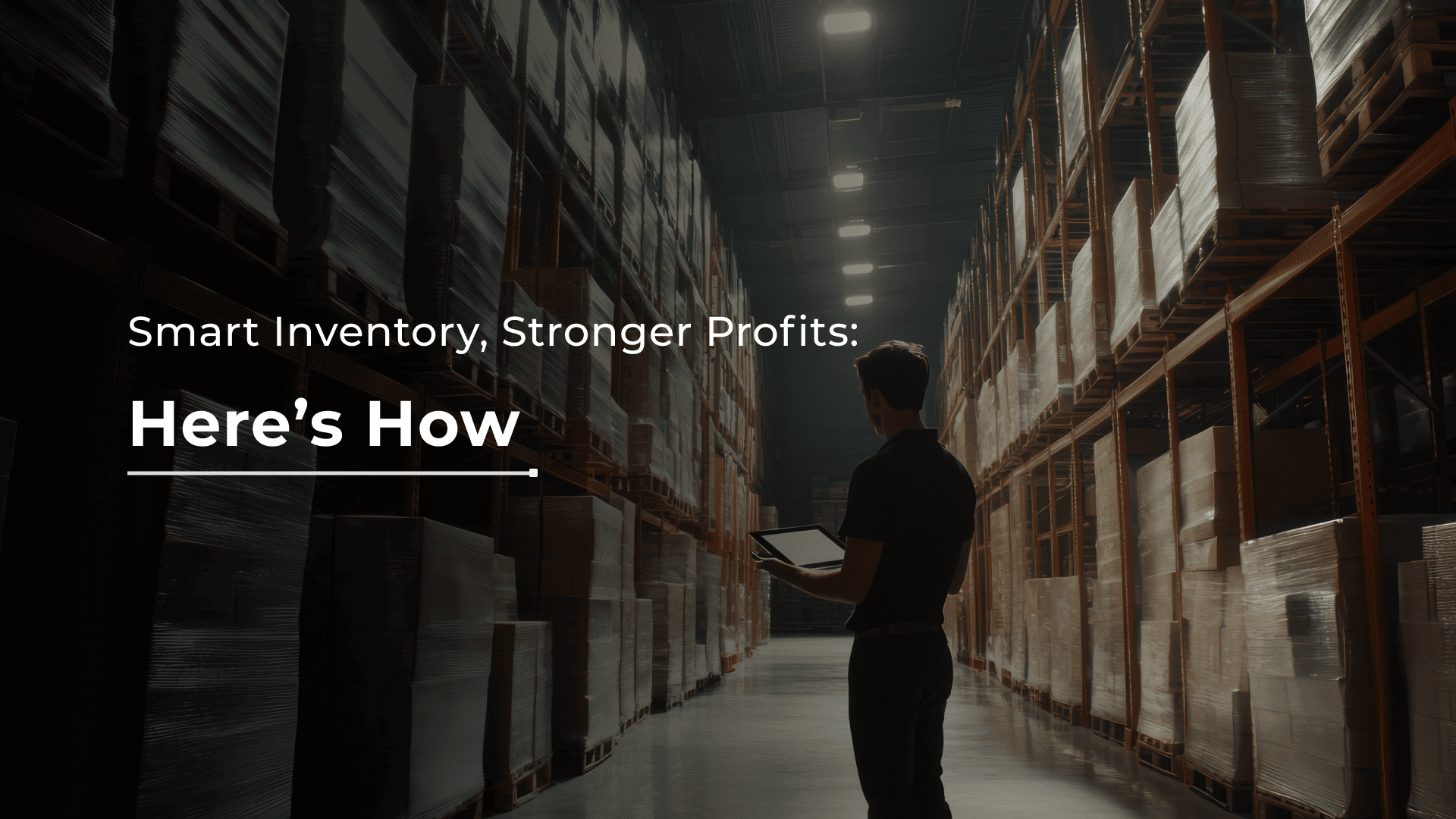
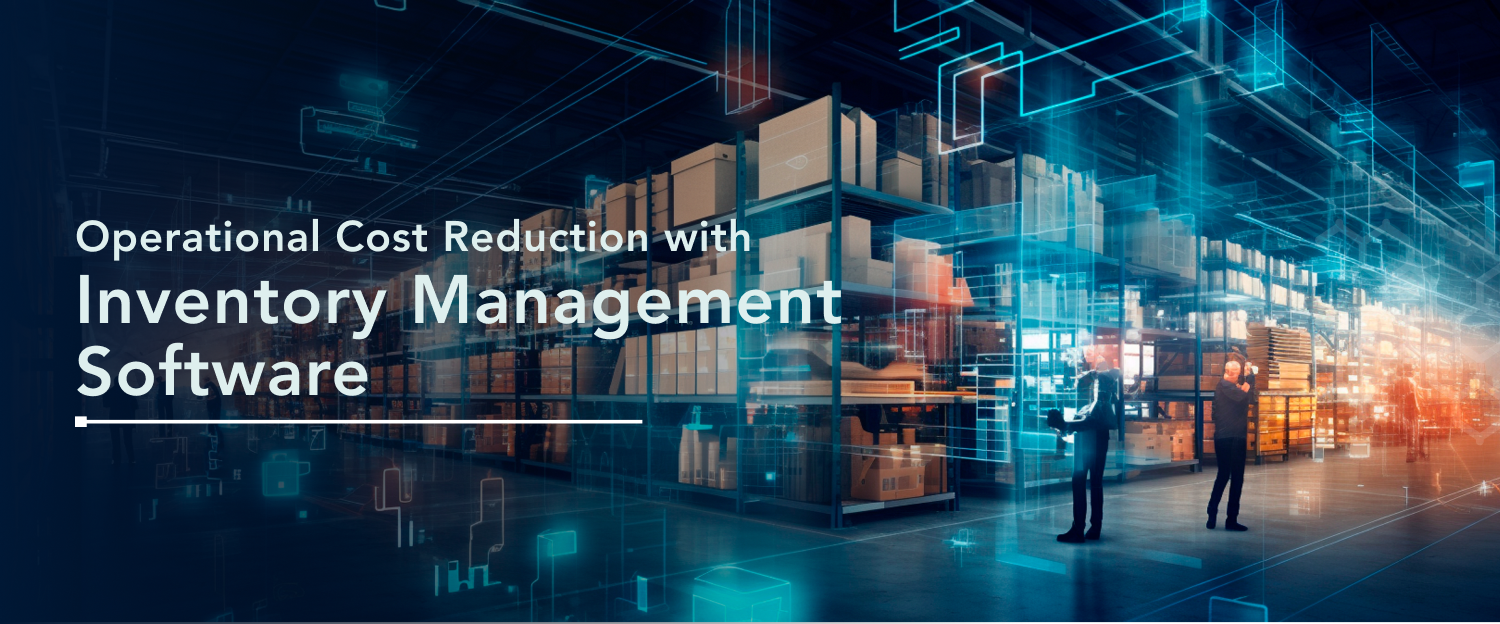
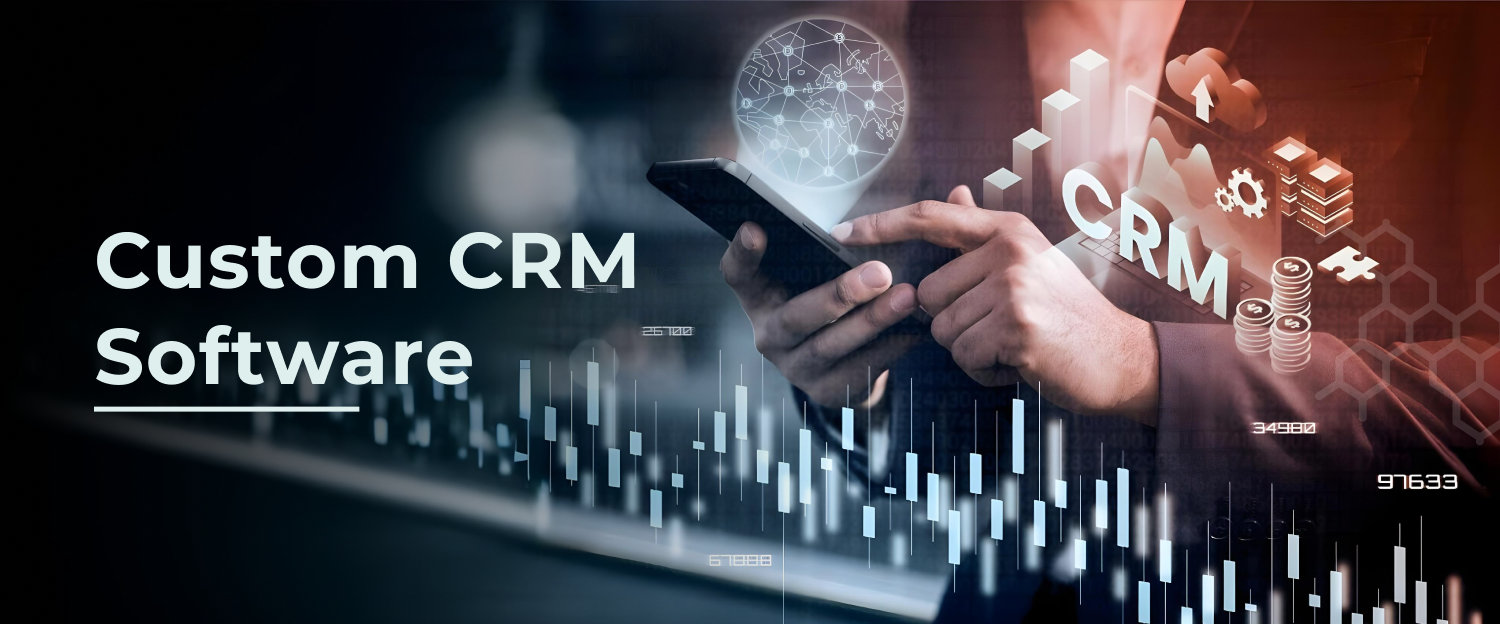

















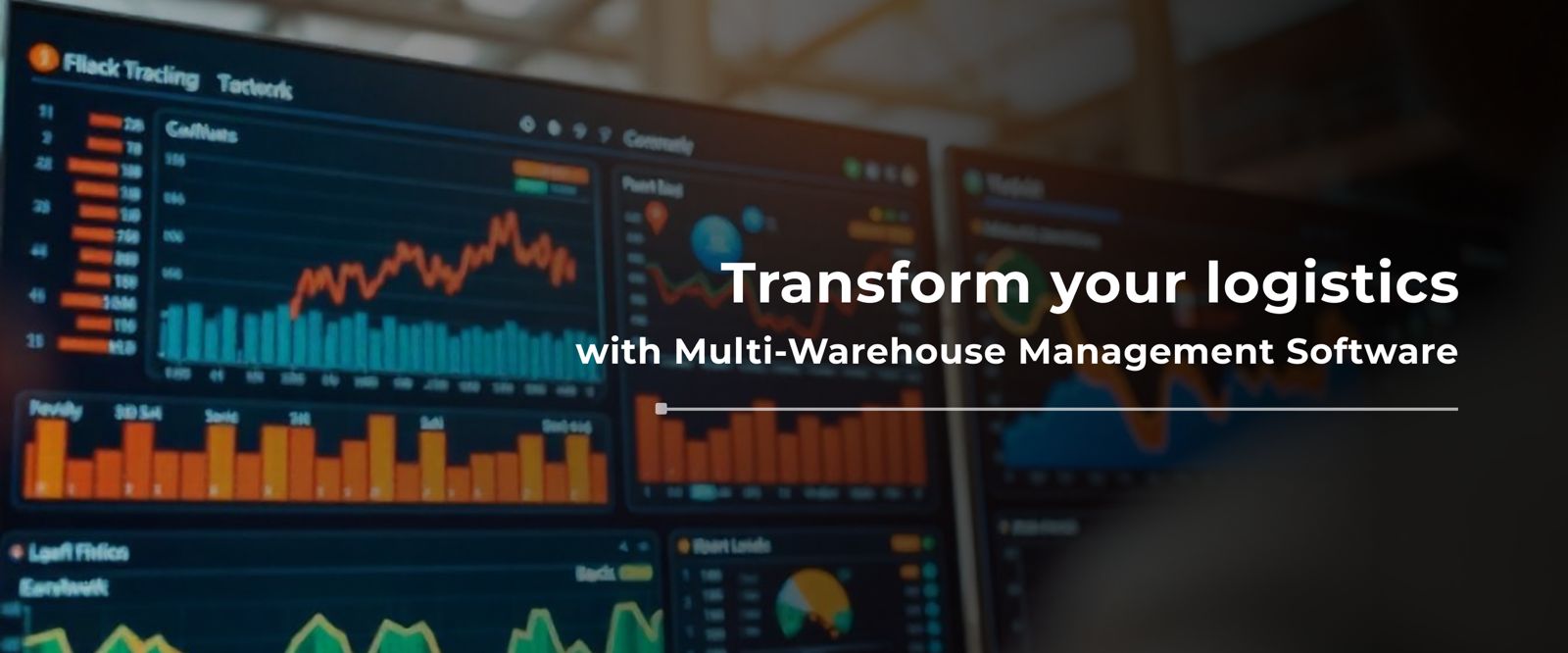









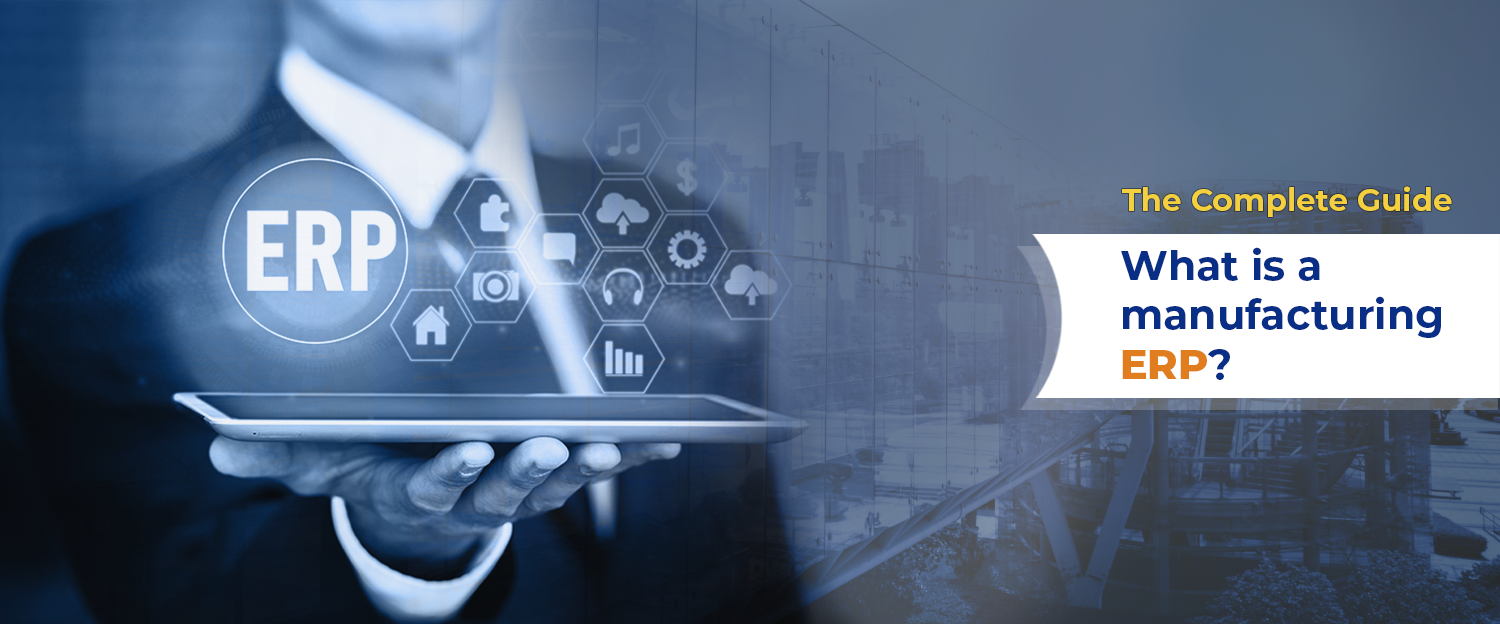
 Talk to our Expert
Talk to our Expert
